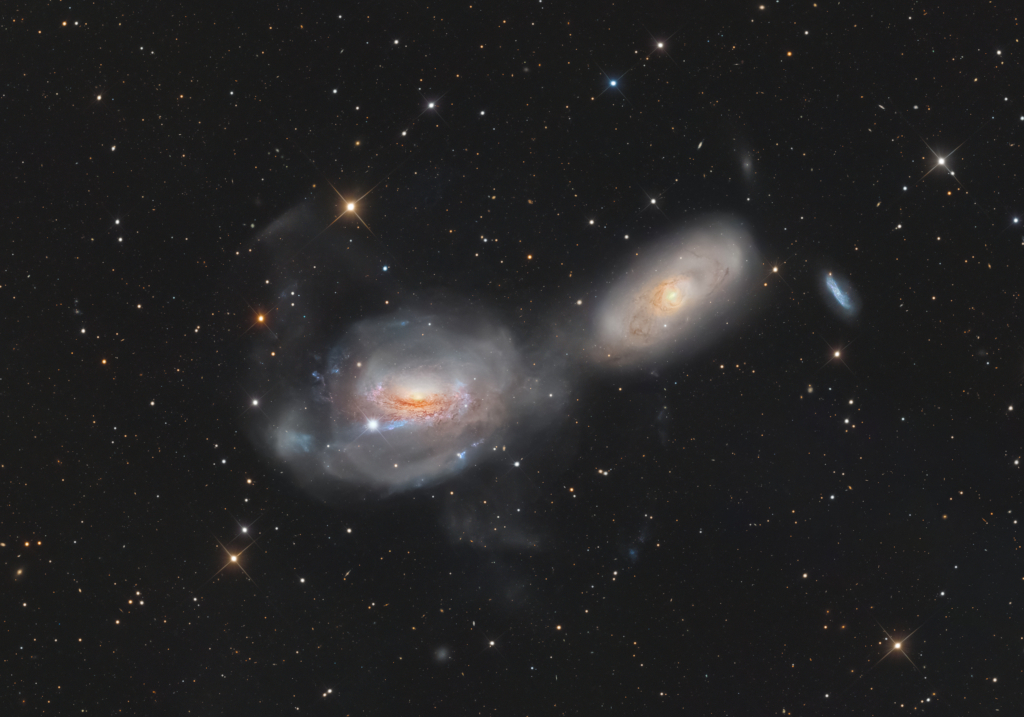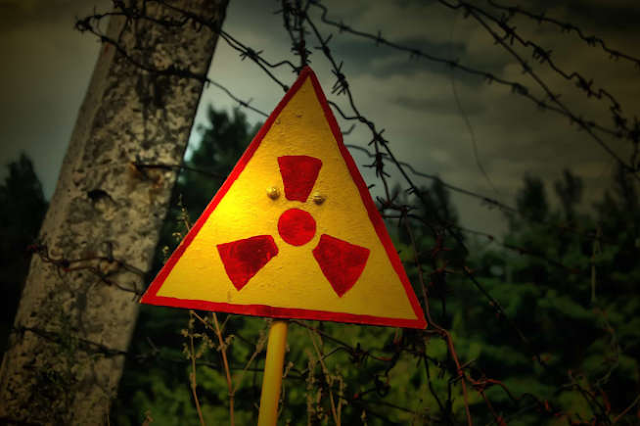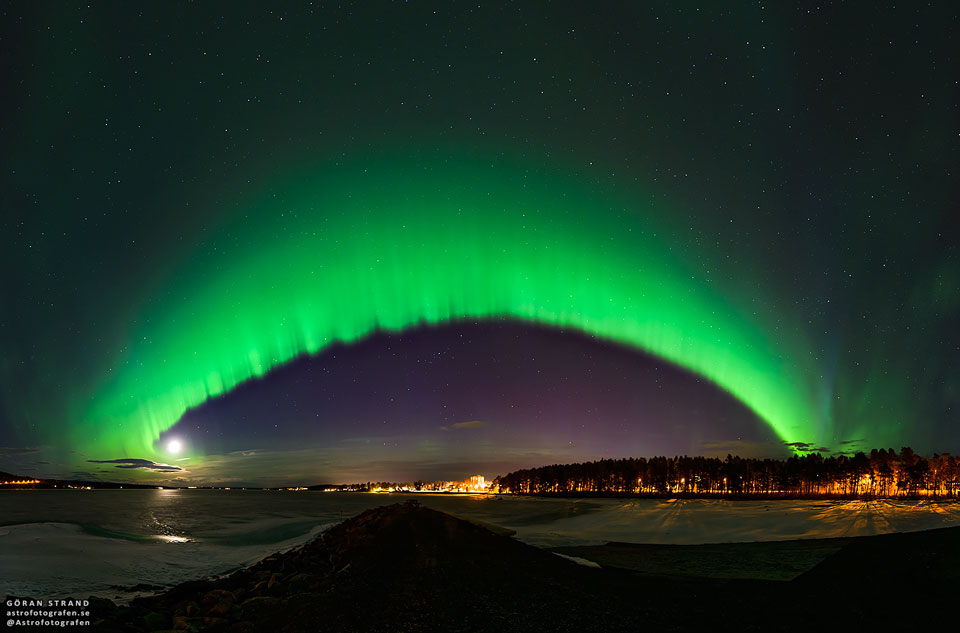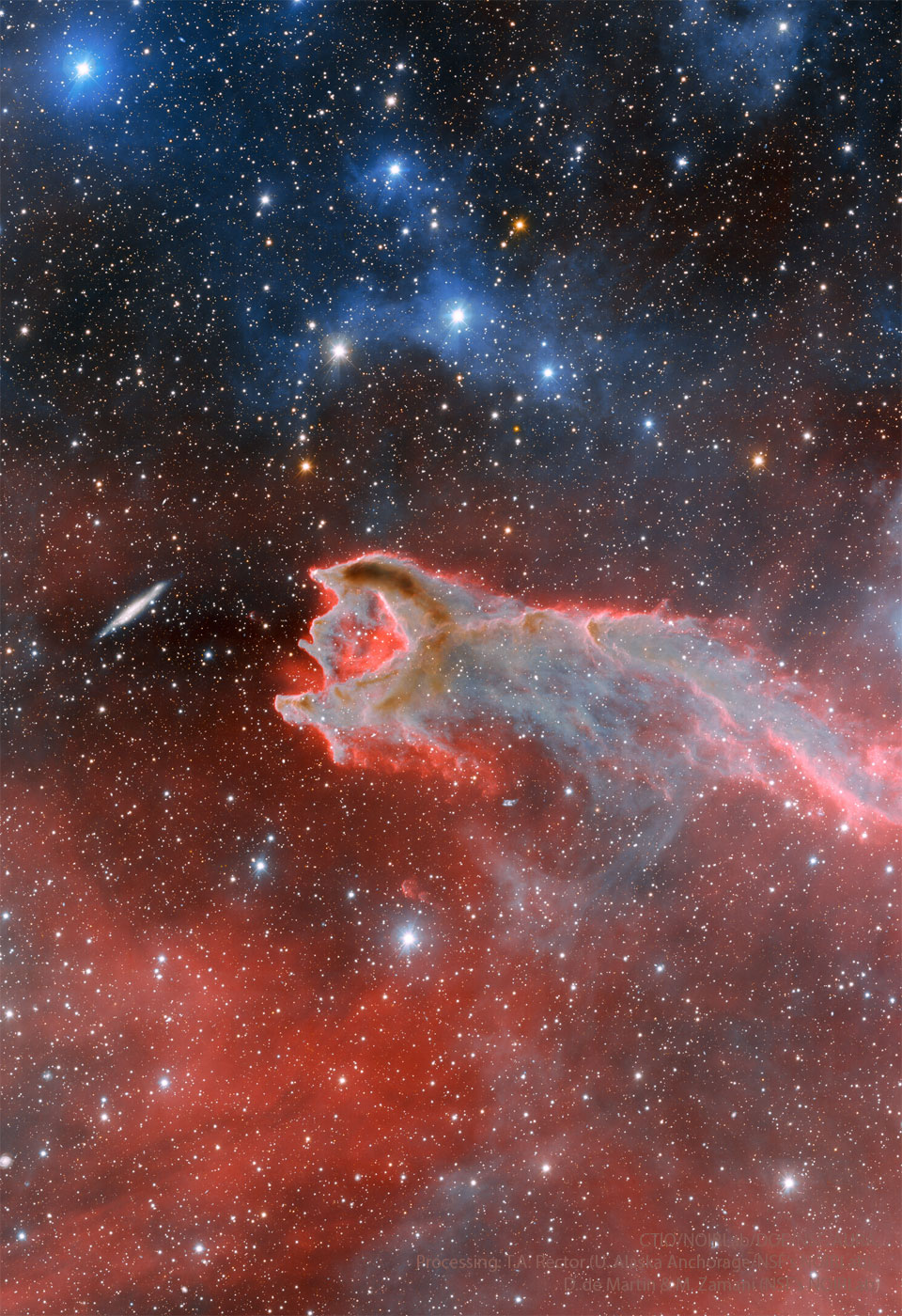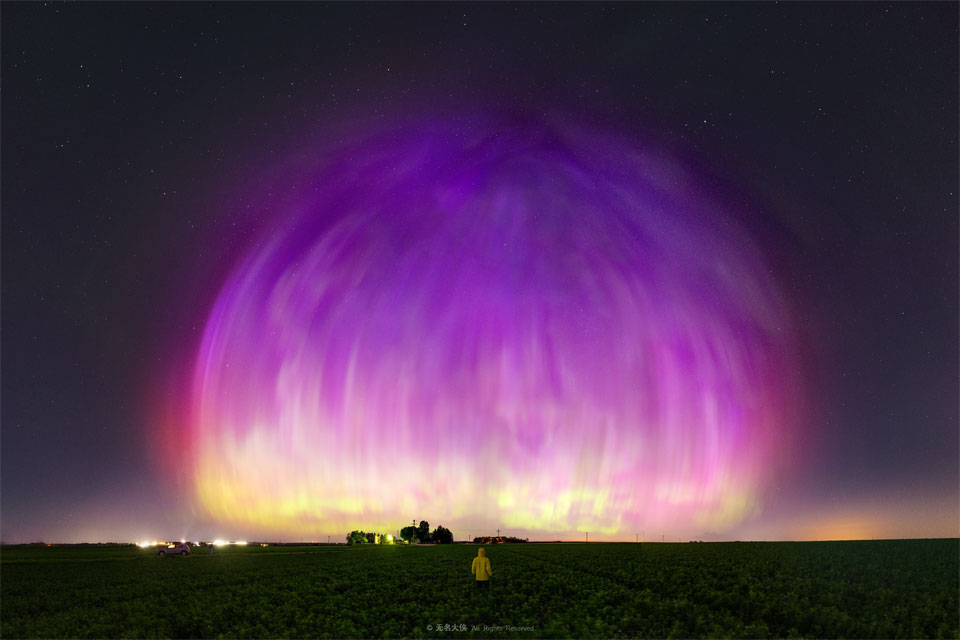Nombre total de pages vues
24/05/2024
NUCLEAIRE - Comment survivre à une explosion nucléaire ? Trouvez un abri
23/05/2024
NUCLEAIRE - Comment survivre à une explosion nucléaire ? L'exposition aux radiations
ASTRONOMY - Unraveling NGC 3169
2024 May 23
Image Credit & Copyright: Christophe Vergnes, Aziz Kaeouach
Explanation: Spiral galaxy NGC 3169 looks to be unraveling like a ball of cosmic yarn. It lies some 70 million light-years away, south of bright star Regulus toward the faint constellation Sextans. Wound up spiral arms are pulled out into sweeping tidal tails as NGC 3169 (left) and neighboring NGC 3166 interact gravitationally. Eventually the galaxies will merge into one, a common fate even for bright galaxies in the local universe. Drawn out stellar arcs and plumes are clear indications of the ongoing gravitational interactions across the deep and colorful galaxy group photo. The telescopic frame spans about 20 arc minutes or about 400,000 light-years at the group's estimated distance, and includes smaller, bluish NGC 3165 to the right. NGC 3169 is also known to shine across the spectrum from radio to X-rays, harboring an active galactic nucleus that is the site of a supermassive black hole.
22/05/2024
NUCLEAIRE - Comment survivre à une explosion nucléaire ? 15 minutes avant les retombées des radiations nucléaires
ASTRONOMY - Green Aurora over Sweden
2024 May 22
Image Credit & Copyright: Göran Strand
Explanation: It was bright and green and stretched across the sky. This striking aurora display was captured in 2016 just outside of Östersund, Sweden. Six photographic fields were merged to create the featured panorama spanning almost 180 degrees. Particularly striking aspects of this aurora include its sweeping arc-like shape and its stark definition. Lake Storsjön is seen in the foreground, while several familiar constellations and the star Polaris are visible through the aurora, far in the background. Coincidently, the aurora appears to avoid the Moon visible on the lower left. The aurora appeared a day after a large hole opened in the Sun's corona, allowing particularly energetic particles to flow out into the Solar System. The green color of the aurora is caused by oxygen atoms recombining with ambient electrons high in the Earth's atmosphere.
21/05/2024
ASTRONOMY - CG4: The Globule and the Galaxy
2024 May 21
Image Credit: CTIO, NOIRLab, DOE, NSF, AURA; Processing: T. A. Rector (U. Alaska Anchorage/NSF’s NOIRLab), D. de Martin & M. Zamani (NSF’s NOIRLab)
Explanation: Can a gas cloud eat a galaxy? It's not even close. The "claw" of this odd looking "creature" in the featured photo is a gas cloud known as a cometary globule. This globule, however, has ruptured. Cometary globules are typically characterized by dusty heads and elongated tails. These features cause cometary globules to have visual similarities to comets, but in reality they are very much different. Globules are frequently the birthplaces of stars, and many show very young stars in their heads. The reason for the rupture in the head of this object is not yet known. The galaxy to the left of the globule is huge, very far in the distance, and only placed near CG4 by chance superposition.
NUCLEAIRE - Comment survivre à une explosion nucléaire ? Si vous êtes en voiture
20/05/2024
SANTé/MEDECINE - Virus et bactéries mortels - Le virus Marburg, une vraie machine à tuer
ASTRONOMY - Aurora Dome Sky
2024 May 20
Image Credit & Copyright: Xuecheng Liu & Yuxuan Liu
Explanation: It seemed like night, but part of the sky glowed purple. It was the now famous night of May 10, 2024, when people over much of the world reported beautiful aurora-filled skies. The featured image was captured this night during early morning hours from Arlington, Wisconsin, USA. The panorama is a composite of several 6-second exposures covering two thirds of the visible sky, with north in the center, and processed to heighten the colors and remove electrical wires. The photographer (in the foreground) reported that the aurora appeared to flow from a point overhead but illuminated the sky only toward the north. The aurora's energetic particles originated from CMEs ejected from our Sun over sunspot AR 6443 a few days before. This large active region rotated to the far side of the Sun last week, but may well survive to rotate back toward the Earth next week.
NUCLEAIRE - Comment survivre à une explosion nucléaire ? Couvrez votre visage
ASTRONOMY - An Evening Sky Full of Planets
2025 January 11 An Evening Sky Full of Planets Image Credit & Copyright : Dario Giannobile Explanation: Only Mercury is missing fro...

-
2021 May 11 Lightning and Orion Beyond Uluru Image Credit & Copyright: Park Liu Explanation: What's happening behind Uluru? A Un...
-
2021 January 3 A Phoenix Aurora over Iceland Image Credit & Copyright: Hallgrimur P. Helgason ; Rollover Annotation: Judy Schmidt Ex...


